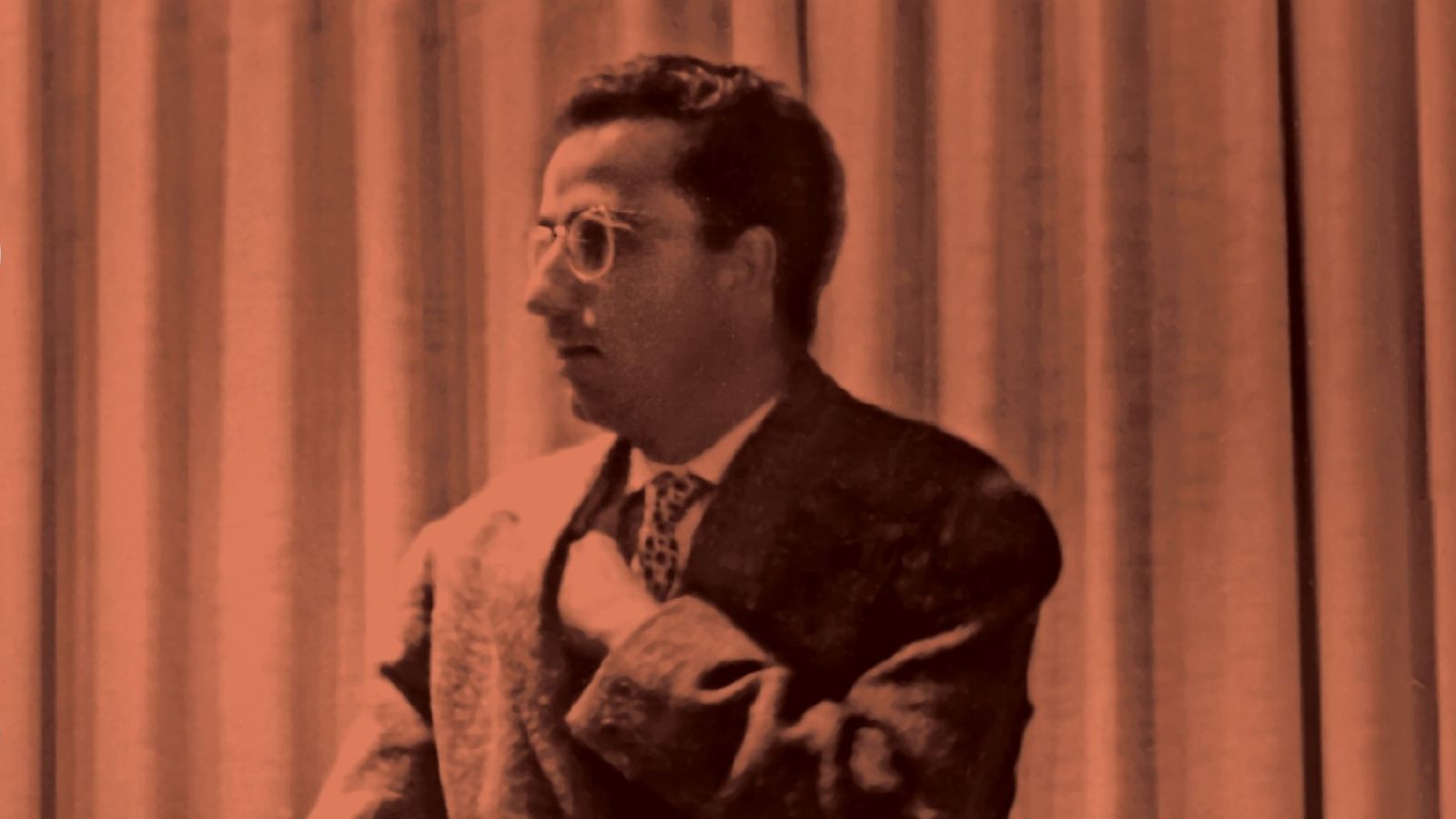
Primavera del Cine Català a Prada de Conflent
La Federació Catalana de Cineclubs, present a la primera edició de la mostra nord-catalana.




L'entrada Primavera del Cine Català a Prada de Conflent ha aparegut primer a Federació Catalana de Cineclubs.

Neix el CINECLUB MIRAMAR a Salou: cinema d’autor, pensament crític i comunitat
Salou recupera l’esperit del cinema com a espai de trobada, emoció i reflexió amb la creació del Cineclub Miramar, un nou projecte cultural que neix amb l’objectiu de difondre el cinema d’autor i independent, fomentar el pensament crític i promoure la diversitat de mirades.
El cineclub oferirà una programació regular de pel·lícules de qualitat que sovint queden fora dels circuits comercials, donant visibilitat tant a autors consagrats com a noves veus del panorama internacional. A més de les projeccions, s’impulsaran activitats paral·leles com col·loquis, tallers i formacions per apropar el llenguatge cinematogràc al públic i crear una comunitat viva de cinèfils.
La presentació oficial tindrà lloc el divendres 25 d’abril a les 19 h al Centre Cívic de Salou (passadís del TAS – Teatre Auditori Salou), en el marc de la inauguració de l’exposició retrospectiva “Miramar: una finestra als somnis”, un homenatge al desaparegut Cinema Miramar de Salou. L’acte forma part del programa de Salou, Capital de la Cultura Catalana 2025, i vol reivindicar la memòria d’un espai emblemàtic i, alhora, obrir una nova etapa per als amants del cinema.
El primer acte del cineclub tindrà lloc l’endemà, dissabte 26 d’abril a les 17 h, amb una Tarda de Cine que inclourà la projecció de Canción de Juventud (1962), la primera pel·lícula rodada a Salou i protagonitzada per Rocío Dúrcal; i l’episodi pilot de la sèrie WTF!!!?, dirigida per l’actor salouenc William Miller.
Amb el Cineclub Miramar, Salou fa un pas endavant per convertir-se en referent en la promoció del cinema com a art, com a motor cultural i com a eina de cohesió social.
L'entrada Neix el CINECLUB MIRAMAR a Salou: cinema d’autor, pensament crític i comunitat ha aparegut primer a Federació Catalana de Cineclubs.







